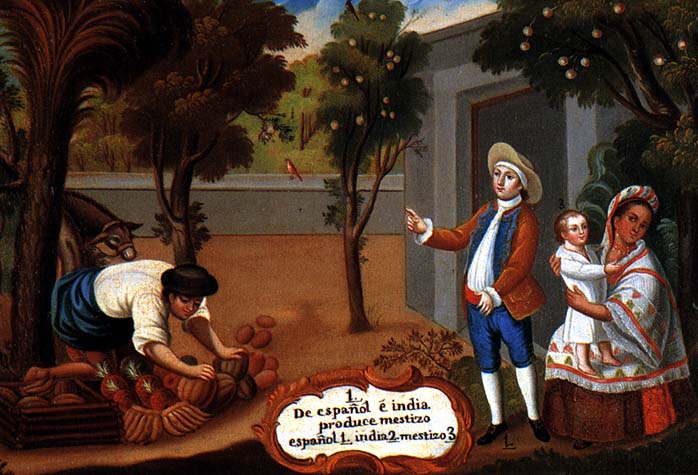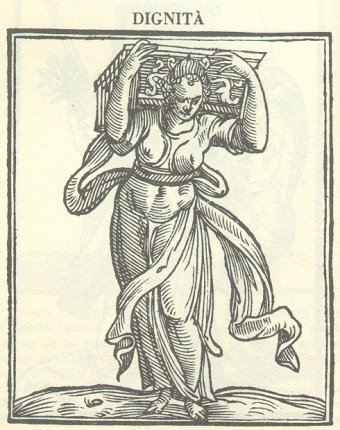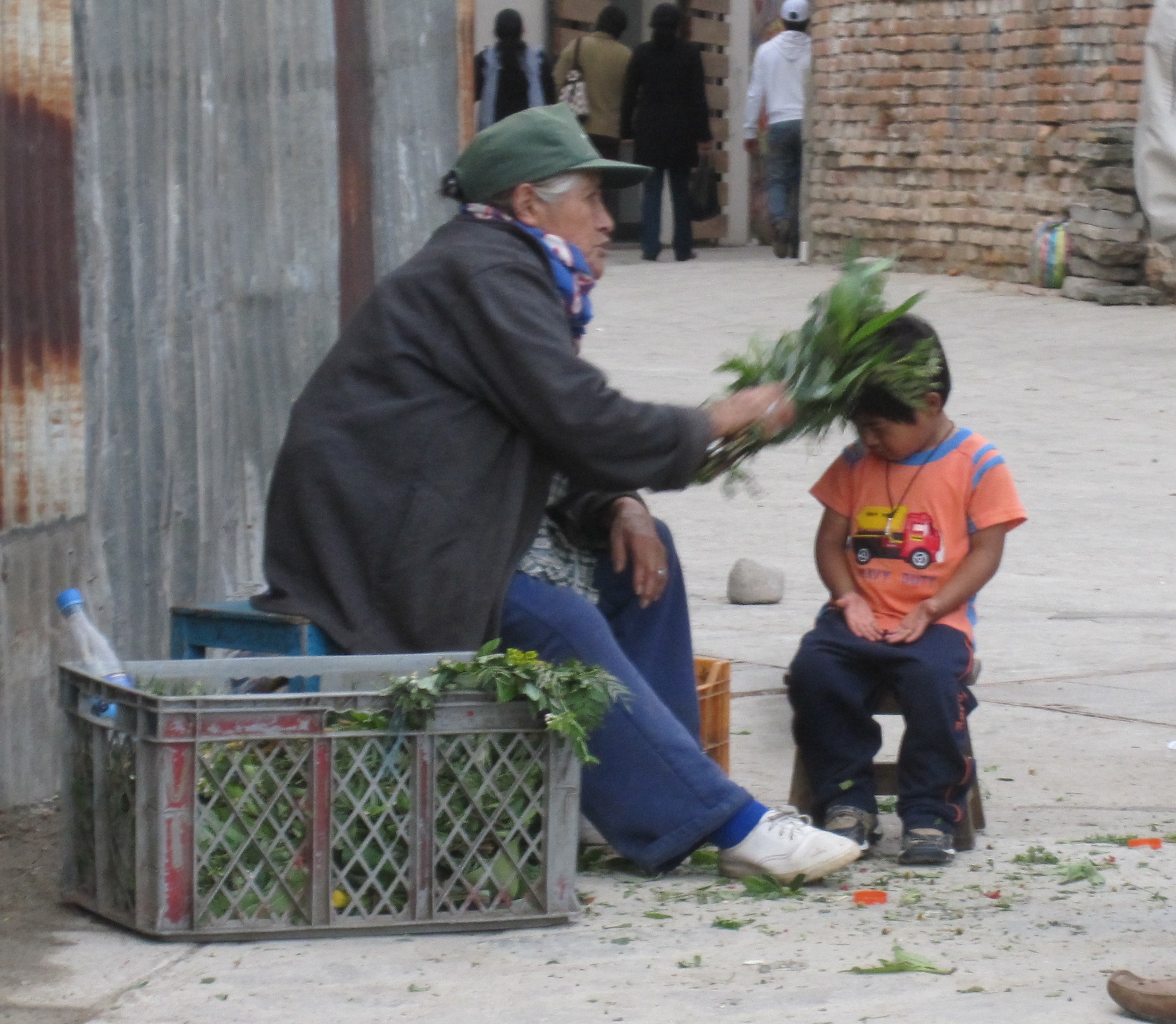|
Eugenio Espejo
Francisco Javier Eugenio de Santa Cruz y Espejo (Royal Audiencia of Quito, February 21, 1747 – December 28, 1795) was a medical pioneer, writer and lawyer of mestizo origin in colonial Ecuador. Although he was a notable scientist and writer, he stands out as a polemicist who inspired the separatist movement in Quito. He is regarded as one of the most important figures in colonial Ecuador. He was Quito's first journalist and hygienist. As a journalist he spread enlightened ideas in the Royal Audiencia, and as a hygienist he composed an important treatise about sanitary conditions in colonial Ecuador that included interesting remarks about microorganisms and the spreading of disease. Espejo was noted in his time for being a satirist. His satirical works, inspired by the philosophy of the Age of Enlightenment, were critical of the lack of education of the Audiencia of Quito, the way the economy was being handled in the Audiencia, the corruption of its authorities, and asp ... [...More Info...] [...Related Items...] OR: [Wikipedia] [Google] [Baidu] |
Quito
Quito (; qu, Kitu), formally San Francisco de Quito, is the capital and largest city of Ecuador, with an estimated population of 2.8 million in its urban area. It is also the capital of the province of Pichincha. Quito is located in a valley on the eastern slopes of Pichincha, an active stratovolcano in the Andes, at an elevation of , making it the second-highest capital city in the world.Contact Us " TAME. Retrieved on 14 March 2010. Quito is the political and cultural center of Ecuador as the country's major governmental, administrative, and cultural institutions are located within the city. The majority of transnational companies with a presence in Ecuador are headquartered there. It is also one of the country's two major industrial centers—the port city of |
Peru
, image_flag = Flag of Peru.svg , image_coat = Escudo nacional del Perú.svg , other_symbol = Great Seal of the State , other_symbol_type = National seal , national_motto = "Firm and Happy for the Union" , national_anthem = "National Anthem of Peru" , march = "March of Flags" , image_map = PER orthographic.svg , map_caption = , image_map2 = , capital = Lima , coordinates = , largest_city = capital , official_languages = Spanish , languages_type = Co-official languages , languages = , ethnic_groups = , ethnic_groups_year = 2017 , demonym = Peruvian , government_type = Unitary semi-presidential republic , leader_title1 = President , leader_name1 = Dina Boluarte , leader_title2 = First Vice President , lead ... [...More Info...] [...Related Items...] OR: [Wikipedia] [Google] [Baidu] |
Mulatta
(, ) is a racial classification to refer to people of mixed African and European ancestry. Its use is considered outdated and offensive in several languages, including English and Dutch, whereas in languages such as Spanish and Portuguese is not, and can even be a source of pride. A () is a female ''mulatto''. Etymology The English term and spelling ''mulatto'' is derived from the Spanish and Portuguese . It was a common term in the Southeastern United States during the era of slavery. Some sources suggest that it may derive from the Portuguese word (from the Latin ), meaning ' mule', the hybrid offspring of a horse and a donkey. The Real Academia Española traces its origin to in the sense of hybridity; originally used to refer to any mixed race person. The term is now generally considered outdated and offensive in non-Spanish and non-Portuguese speaking countries, and was considered offensive even in the 19th century. Jack D. Forbes suggests it originated in the Ar ... [...More Info...] [...Related Items...] OR: [Wikipedia] [Google] [Baidu] |
Cajamarca
Cajamarca (), also known by the Quechua name, ''Kashamarka'', is the capital and largest city of the Cajamarca Region as well as an important cultural and commercial center in the northern Andes. It is located in the northern highlands of Peru at approximately 2,750 m (8,900 ft) above sea level in the valley of the Mashcon river. Cajamarca had an estimated population of about 226,031 inhabitants in 2015, making it the 13th largest city in Peru. Cajamarca has a mild highland climate, and the area has a very fertile soil. The city is well known for its dairy products and mining activity in the surroundings. Among its tourist attractions, Cajamarca has numerous examples of Spanish colonial religious architecture, beautiful landscapes, pre-Hispanic archeological sites and hot springs at the nearby town of Baños del Inca (Baths of the Inca). The history of the city is highlighted by the Battle of Cajamarca, which marked the defeat of the Inca Empire by Spanish invaders ... [...More Info...] [...Related Items...] OR: [Wikipedia] [Google] [Baidu] |
Indigenous Peoples Of The Americas
The Indigenous peoples of the Americas are the inhabitants of the Americas before the arrival of the European settlers in the 15th century, and the ethnic groups who now identify themselves with those peoples. Many Indigenous peoples of the Americas were traditionally hunter-gatherers and many, especially in the Amazon basin, still are, but many groups practiced aquaculture and agriculture. While some societies depended heavily on agriculture, others practiced a mix of farming, hunting, and gathering. In some regions, the Indigenous peoples created monumental architecture, large-scale organized cities, city-states, chiefdoms, states, Realm, kingdoms, republics, Confederation, confederacies, and empires. Some had varying degrees of knowledge of engineering, architecture, mathematics, astronomy, writing, physics, medicine, planting and irrigation, geology, mining, metallurgy, sculpture, and gold smithing. Many parts of the Americas are still populated by Indigenous peoples; ... [...More Info...] [...Related Items...] OR: [Wikipedia] [Google] [Baidu] |
Quichua
Kichwa (, , also Spanish ) is a Quechuan language that includes all Quechua varieties of Ecuador and Colombia (''Inga''), as well as extensions into Peru. It has an estimated half million speakers. The most widely spoken dialects are Chimborazo, Imbabura and Cañar Highland Quechua, with most of the speakers. Kichwa belongs to the Northern Quechua group of Quechua II, according to linguist Alfredo Torero. Overview Kichwa syntax has undergone some grammatical simplification compared to Southern Quechua, perhaps because of partial creolization with the pre-Inca languages of Ecuador. A standardized language, with a unified orthography (, ), has been developed. It is similar to Chimborazo but lacks some of the phonological peculiarities of that dialect. The earliest grammatical description of Kichwa was written in the 17th century by Jesuit priest Hernando de Alcocer. First efforts for language standardization and bilingual education According to linguist Arturo Muyulema, the ... [...More Info...] [...Related Items...] OR: [Wikipedia] [Google] [Baidu] |
Dignity
Dignity is the right of a person to be valued and respected for their own sake, and to be treated ethically. It is of significance in morality, ethics, law and politics as an extension of the Enlightenment-era concepts of inherent, inalienable rights. The term may also be used to describe personal conduct, as in "behaving with dignity". Etymology The English word "dignity", attested from the early 13th century, comes from Latin ''dignitas'' (worthiness) by way of French ''dignité''. Modern use English-speakers often use the word "dignity" in proscriptive and cautionary ways: for example, in politics it can be used to critique the treatment of oppressed and vulnerable groups and peoples, but it has also been applied to cultures and sub-cultures, to religious beliefs and ideals, and even to animals used for food or research. "Dignity" also has descriptive meanings pertaining to the ''worth'' of human beings. In general, the term has various functions and meanings depe ... [...More Info...] [...Related Items...] OR: [Wikipedia] [Google] [Baidu] |
Estates Of The Realm
The estates of the realm, or three estates, were the broad orders of social hierarchy used in Christendom (Christian Europe) from the Middle Ages to early modern Europe. Different systems for dividing society members into estates developed and evolved over time. The best known system is the French '' Ancien Régime'' (Old Regime), a three-estate system which was made up of clergy (the First Estate), nobles (Second Estate), peasants and bourgeoisie (Third Estate). In some regions, notably Sweden and Russia, burghers (the urban merchant class) and rural commoners were split into separate estates, creating a four-estate system with rural commoners ranking the lowest as the Fourth Estate. In Norway the taxpaying classes were considered as one, and with a very little aristocracy, this class/estate were as powerful as the monarchy itself. In Denmark, however, only owners of large tracts of land had any influence. Furthermore, the non-landowning poor could be left outside the es ... [...More Info...] [...Related Items...] OR: [Wikipedia] [Google] [Baidu] |
Curandero
A ''curandero'' (, healer; f. , also spelled , , f. ) is a traditional native healer or shaman found primarily in Latin America and also in the United States. A curandero is a specialist in traditional medicine whose practice can either contrast with or supplement that of a practitioner of Western medicine. A curandero is claimed to administer shamanistic and spiritistic remedies for mental, emotional, physical and "spiritual" illnesses. Some curanderos, such as Don Pedrito, the Healer of Los Olmos, make use of simple herbs, waters, or mud to allegedly affect their cures. Others add Catholic elements, such as holy water and pictures of saints; San Martin de Porres for example is heavily employed within Peruvian curanderismo. The use of Catholic prayers and other borrowings and lendings is often found alongside native religious elements. Still others, such as Maria Sabina, employ hallucinogenic media. Many curanderos emphasize their native spirituality in healing while being ... [...More Info...] [...Related Items...] OR: [Wikipedia] [Google] [Baidu] |
Scholasticism
Scholasticism was a medieval school of philosophy that employed a critical organic method of philosophical analysis predicated upon the Aristotelian 10 Categories. Christian scholasticism emerged within the monastic schools that translated scholastic Judeo—Islamic philosophies, and thereby "rediscovered" the collected works of Aristotle. Endeavoring to harmonize his metaphysics and its account of a prime mover with the Latin Catholic dogmatic trinitarian theology, these monastic schools became the basis of the earliest European medieval universities, and scholasticism dominated education in Europe from about 1100 to 1700. The rise of scholasticism was closely associated with these schools that flourished in Italy, France, Portugal, Spain and England. Scholasticism is a method of learning more than a philosophy or a theology, since it places a strong emphasis on dialectical reasoning to extend knowledge by inference and to resolve contradictions. Scholastic thought ... [...More Info...] [...Related Items...] OR: [Wikipedia] [Google] [Baidu] |
Suppression Of The Society Of Jesus
The suppression of the Jesuits was the removal of all members of the Society of Jesus from most of the countries of Western Europe and their colonies beginning in 1759, and the abolishment of the order by the Holy See in 1773. The Jesuits were serially expelled from the Portuguese Empire (1759), France (1764), the Two Sicilies, Malta, Parma, the Spanish Empire (1767) and Austria, and Hungary (1782). This timeline was influenced by political manoeuvrings both in Rome and within each country involved. The papacy reluctantly acceded to the anti-Jesuit demands of various Catholic kingdoms while providing minimal theological justification for the suppressions. Historians identify multiple factors causing the suppression. The Jesuits, who were not above getting involved in politics, were distrusted for their closeness to the pope and his power in the religious and political affairs of independent nations. In France, it was a combination of many influences, from Jansenism to free-t ... [...More Info...] [...Related Items...] OR: [Wikipedia] [Google] [Baidu] |
Hacienda
An ''hacienda'' ( or ; or ) is an estate (or '' finca''), similar to a Roman '' latifundium'', in Spain and the former Spanish Empire. With origins in Andalusia, ''haciendas'' were variously plantations (perhaps including animals or orchards), mines or factories, with many ''haciendas'' combining these activities. The word is derived from Spanish ''hacer'' (to make, from Latin ''facere'') and ''haciendo'' (making), referring to productive business enterprises. The term ''hacienda'' is imprecise, but usually refers to landed estates of significant size, while smaller holdings were termed '' estancias'' or '' ranchos''. All colonial ''haciendas'' were owned almost exclusively by Spaniards and criollos, or rarely by mestizo individuals. In Mexico, as of 1910, there were 8,245 haciendas in the country. In Argentina, the term ''estancia'' is used for large estates that in Mexico would be termed ''haciendas''. In recent decades, the term has been used in the United States for ... [...More Info...] [...Related Items...] OR: [Wikipedia] [Google] [Baidu] |




_2007.jpg)




.png)
